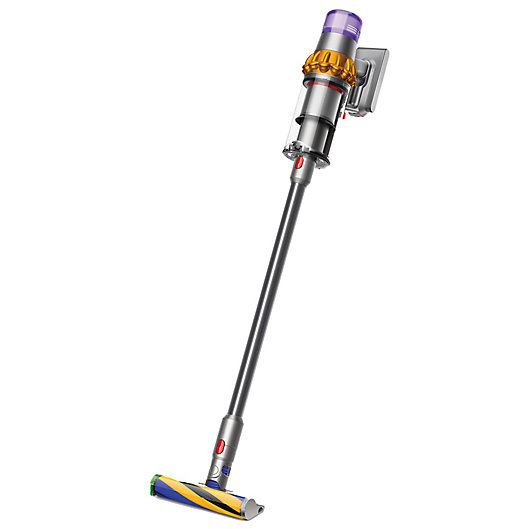Bella 14-Oz. Rocket Blender – Black Stainless steel – 6355802
Create fresh blended drinks and sauces with this BELLA eight-piece rocket blender. A compact design conserves kitchen space, while the dishwasher-safe cups and accessories ensure quick cleanup. This BELLA eight-piece rocket blender comes with a storage lid to save mixes for later use and a stainless steel grinding assembly for preparing dry blends.
Additional information
| Capacity | 13.5 ounces |
|---|---|
| Wattage | 285 watts |
| Product Weight | 3.7 pounds |
| Product Width | 9.2 inches |
| Product Length | 7.5 inches |
| Product Height | 8 inches |










by Sam
A little small but perfect, especially for college kids living in their own apartments. Does a good job in grinding chutney, etc to a fine paste/puree. Like the extra blades.
Can comment on quality as only have it for a few months. But my experience over years with store brands has been really good. Hoping this to be great as well.
by Nan
Bought me 3 of these since they were only 10 buck.
by Draco
This little thingy is so awesome ive been bkending up all kinds of things in this blender.
by Zangel
Quality little smoothie maker for 10 bucks, any complain.
by Fred
Easy to use an easy to clean the chopping feater works great an is easy to clean.
by Tom
Reasonable price and good quality. I like this one very convenient to work for me. because I like the fruit juices.
by Unky
This item is good considering the price. I would rate it average for making smoothies and us good for a single individual portion usage.